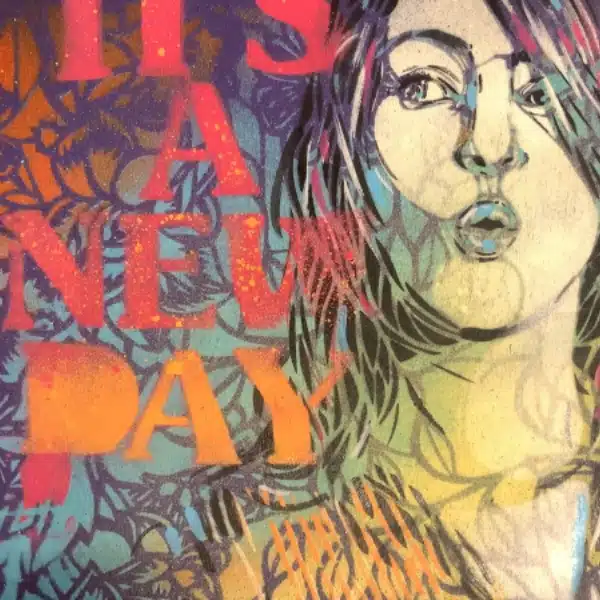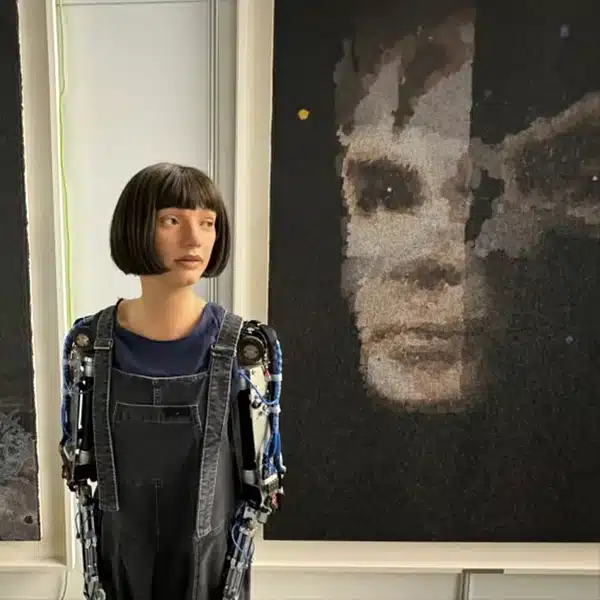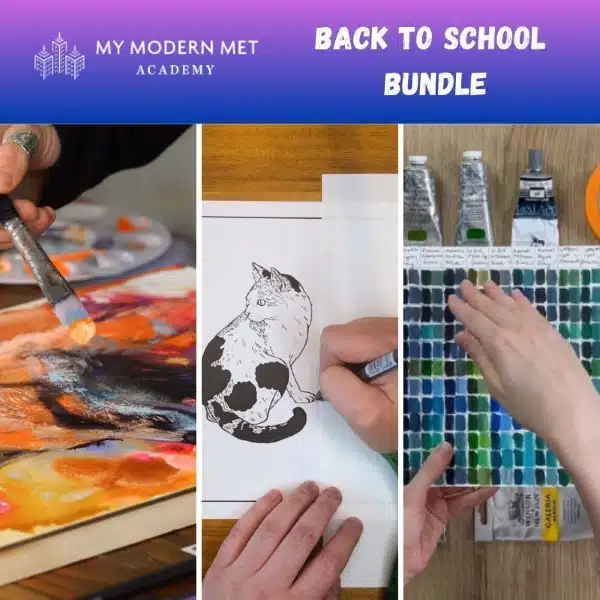When you first glance at Jonathan Bartlett's illustrations, they'll probably remind you of Norman Rockwell's classic paintings. They have that same sort of nostalgic feeling to them – the kind that makes you long for simpler times, when an ideal life seemed like it could exist. But look a little closer and you'll notice a darker theme running throughout. His illustrations show man fighting within himself; our lifelong quest to find answers where none seem to exist. Similar to Rockwell, you can also appreciate Bartlett's wonderful, storytelling style. Read how important that element is to him in our interview, below.





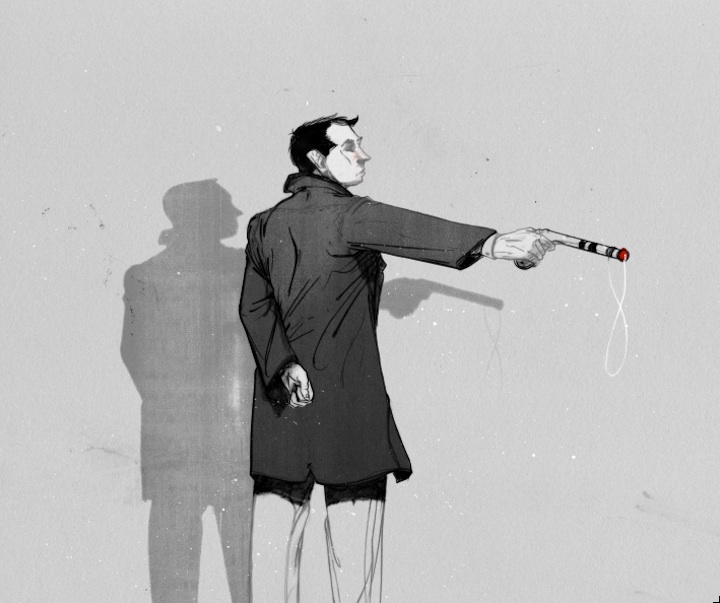

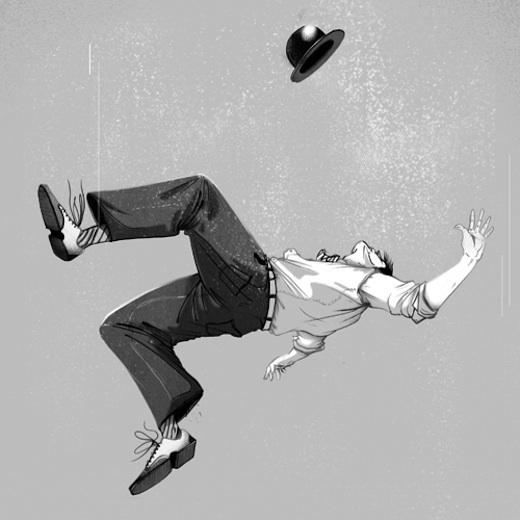
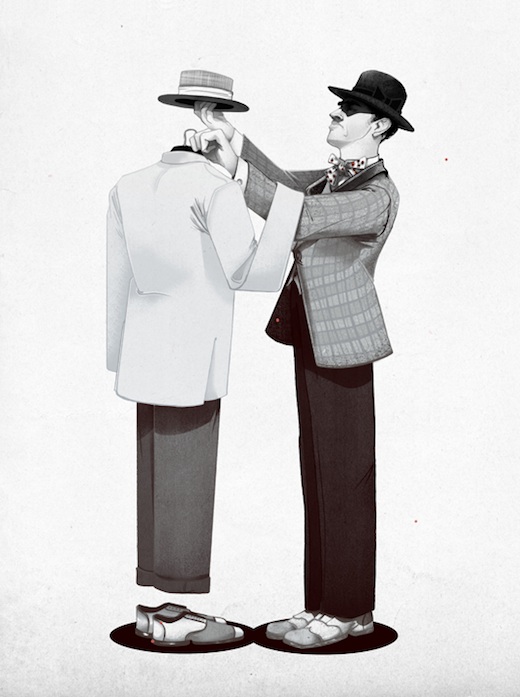



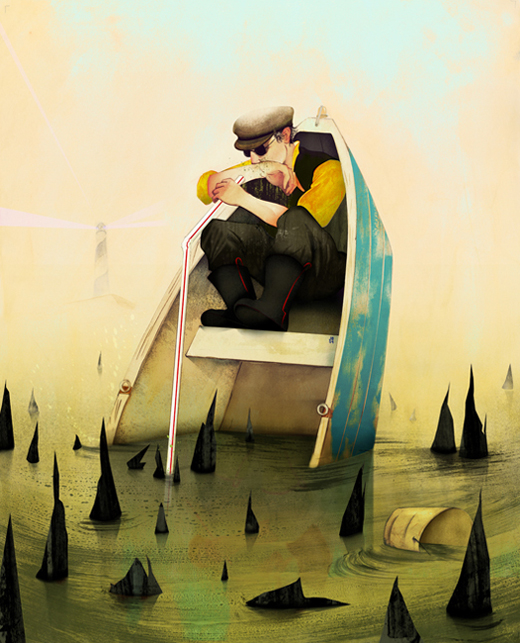

When illustrating, how important is storytelling? The story is everything. I do not believe in a picture for picture's sake. I want to put an idea out there into the world, tell a personal story, present a question, anything that gives the artwork a level past how it looks. I need people to ask ‘why.' When it comes to personal work, things have gotten increasingly complicated as I find myself fantasizing about entire short stories that go into just one image. Funny thing is, it can sometimes work backwards as well. From time to time, I'll make doodles of things I've been thinking about, maybe it's a corn field, or a boxer, or a fox. Then, as I look at this little sketch, a story begins to conjure in my mind. Say it's the boxer. I begin to wonder who is he, what is he doing, where would he be, what is the twist. (I always throw that in there.) Things can really snowball into much bigger ideas than originally planned. I noticed that your work is influenced by Norman Rockwell. What is it about his style that you like? I reference Rockwell often because he is a vivid storyteller. Some people can't stand the (mostly) naive view of the world he painted, but I love it. It's a form of escapism for me. I grew up amongst small towns and wilderness, so in some regards I relate to the visuals. Otherwise, his figures have always been what attracts me. The ability Norman Rockwell has to tell a story or set a mood with a simple gesture or facial expression is incredibly inspiring. Your client list includes The New York Times and The Atlantic. How did you start working with them? Similar to most of my clients, it was with persistence and regular self-promotion that I was able to get in the door with those folks. I was sending work samples for a good two years to both the Times and The Atlantic before I was ever hired! What is the most challenging part of your job and the most rewarding? Challenging: Staying confident when the phone doesn't ring for a few days. Rewarding 1: When the phone DOES ring after a few days. Rewarding 2: I've discovered that a ‘typical Monday morning' when self employed is not nearly as bad as a ‘typical Monday morning' when employed by someone else. Can you name other illustrators that you admire? Admire: Marshall Arisman, David Sandlin, Yuko Shimizu. Besides being incredible artists, these folks have a tremendous passion for what they do and are not afraid to show it. I really respect a person who puts that much heart and soul into something. Each has given me help and perspective on my path to being where I am at this point. What tips would you give to aspiring illustrators? Two things, both very important to me: – The most important thing to remember is that while art is a passion and love, being an illustrator is a business. You are your own product and to sell yourself you must take the business side of things seriously. – I am of the opinion that as a unique individual, an artist should be much more focused on what they are trying to say, not how they are saying it. Don't worry about the style or look of the pictures, worry about the content. When you start channeling yourself through the content, the way you express it will follow its natural course. Jonathan Bartlett












































































